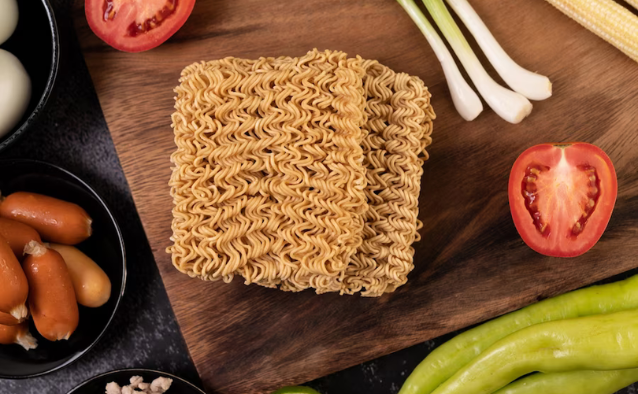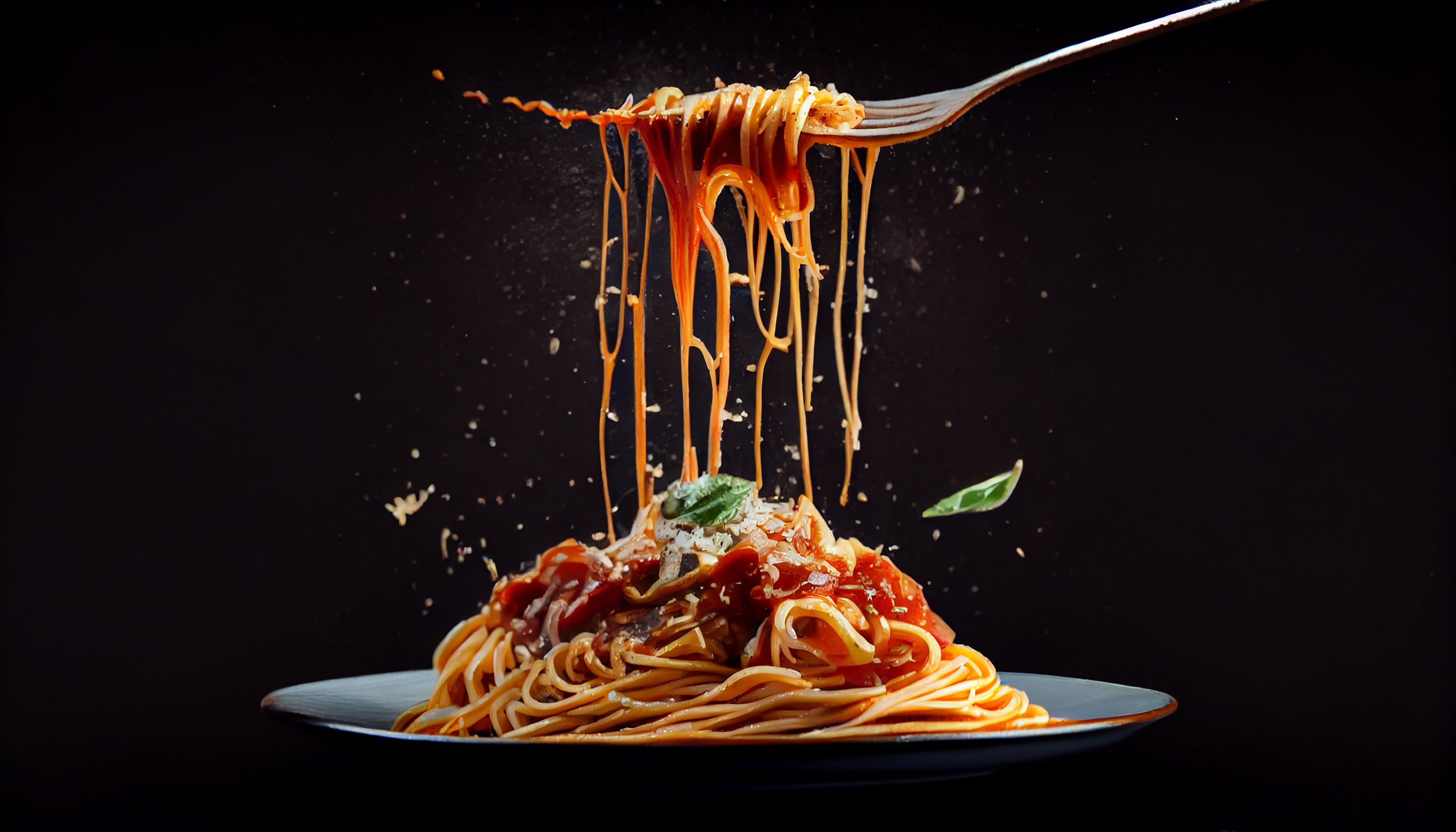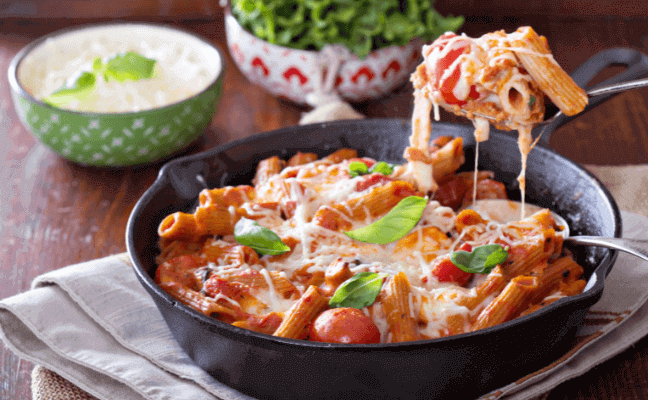1. Introduction
A. Captivating the Taste Buds: The Delightful World of Chinese Soups
B. Exploring the Art of Chinese Soup-making
2. The Rich History of Chinese Soup Culture
A. Ancient Origins: Tracing the Roots of Chinese Soup Traditions
B. Symbolism and Significance: Soup in Chinese Culinary Culture
3. The Key Ingredients that Make Chinese Soups Special
A. The Essence of Flavor: Understanding Chinese Soup Stocks
B. From Earth to Bowl: Fresh and Seasonal Ingredients
C. The Power of Herbs and Spices: Unleashing Aromatics and Medicinal Properties
4. Classic Chinese Soup Recipes
A. Wonton Soup: A Comforting Dumpling Delight
1. Crafting Perfect Wontons: A Step-by-Step Guide
2. The Art of Simmering: Creating a Flavorful Broth
B. Hot and Sour Soup: A Tangy Symphony of Flavors
1. Mastering the Balance: The Yin and Yang of Hot and Sour
2. Adding Depth: Combining Essential Ingredients
5. Vegan and Vegetarian Chinese Soup Options
A. Buddha's Delight: A Medley of Vegetables and Tofu
1. Wholesome Goodness: Exploring Nutritious Ingredients
2. Mastering the Art of Balancing Flavors
B. Mushroom and Bok Choy Soup: Earthy Comfort in a Bowl
1. Mushroom Magic: The Fungi Kingdom Unleashed
2. Bok Choy Brilliance: Enhancing the Soup's Green Goodness
6. Exploring the Wonders of Chango Noodles
A. Chango Noodle Soup: A Hearty and Flavorful Bowl
7. Tips and Techniques for Mastering Chinese Soup Making
A. The Art of Layering Flavors: Building Complexity in Soups
B. Perfecting Soup Texture: Balancing Broths and Ingredients
C. Secrets of Slow Simmering: Extracting Maximum Flavor
8. Conclusion
A. Savor the Magic: Chinese Soup Recipes to Inspire and Delight
B. Embracing Tradition: The Soul-Nourishing Power of Chinese Soups.
9. FAQ:
1) What are some popular Chinese soup recipes?
2) What makes Chinese soups special?
3) Are Chinese soups suitable for vegetarians and vegans?
4) Are Chinese soups difficult to prepare?
5) What is the significance of Chinese soups in culinary culture?
1. Introduction
A. Captivating the Taste Buds: The Delightful World of Chinese Soups
Chinese cuisine is renowned for its rich flavors, diverse ingredients, and culinary mastery. Among the many treasures of Chinese gastronomy, soups hold a special place. Chinese soups are not only nourishing and comforting but also a reflection of the country's ancient culinary heritage. In this article, we will embark on a journey through the captivating world of Chinese soups, exploring their history, key ingredients, classic recipes, regional specialties, vegetarian options, and even dessert soups. Get ready to tantalize your taste buds and uncover the secrets behind these delightful bowls of goodness.
B. Exploring the Art of Chinese Soup-making
Chinese soup-making is not merely a cooking technique; it is an art form that requires precision, attention to detail, and an understanding of the balance of flavors. Each bowl of Chinese soup tells a story, drawing from the country's rich culinary traditions and cultural symbolism. From the choice of ingredients to the simmering process, every step contributes to the creation of a flavorful and aromatic masterpiece. Let's delve into the fascinating world of Chinese soups and uncover the techniques that make them truly exceptional.
2. The Rich History of Chinese Soup Culture
Ancient Origins: Tracing the Roots of Chinese Soup Traditions
Chinese soup culture has ancient origins that date back thousands of years. The art of soup-making has been passed down through generations, with each era adding its own unique contributions. By tracing the roots of Chinese soup traditions, we can gain insight into the historical and cultural significance of these soups in Chinese society.
A. Symbolism and Significance: Soup in Chinese Culinary Culture
In Chinese culinary culture, soup holds deep symbolism and significance. It is believed to represent harmony, balance, and nourishment for both the body and soul. Different soups are associated with various occasions, seasons, and even health benefits. Understanding the cultural and symbolic aspects of Chinese soups adds another layer of appreciation to these culinary wonders.
3. The Key Ingredients that Make Chinese Soups Special
A. The Essence of Flavor: Understanding Chinese Soup Stocks.
At the heart of Chinese soups lies the flavorful and aromatic stock. Chinese soup stocks are carefully crafted using a combination of ingredients to create a robust and well-balanced base. We will explore the essential components of Chinese soup stocks, including bones, vegetables, herbs, and spices, and understand how they contribute to the depth of flavor.
B. From Earth to Bowl: Fresh and Seasonal Ingredients
Chinese cuisine places great emphasis on using fresh, seasonal ingredients, and Chinese soups are no exception. We will discover the importance of sourcing quality ingredients and how their freshness enhances the taste and nutritional value of the soups. From succulent meats to vibrant vegetables, the selection of ingredients plays a vital role in creating a memorable Chinese soup experience.
C. The Power of Herbs and Spices: Unleashing Aromatics and Medicinal Properties.
Chinese soups are often infused with a variety of herbs and spices, not only for their delightful flavors but also for their medicinal properties. We will explore the traditional Chinese herbs and spices commonly used in soups and understand their health benefits. From revitalizing the body to promoting overall well-being, these herbs and spices add depth and complexity to Chinese soups.
4. Classic Chinese Soup Recipes
A. Wonton Soup: A Comforting Dumpling Delight
1. Crafting Perfect Wontons: A Step-by-Step Guide
Making wontons requires patience and skill. We will dive into the art of crafting the perfect wontons, from shaping the delicate wrappers to filling them with flavorful mixtures. Step by step, we will guide you through the process of creating these beloved dumplings.
2. The Art of Simmering: Creating a Flavorful Broth
A delicious wonton soup is incomplete without a flavorful broth. We will explore the techniques and ingredients used to create a savory and aromatic broth that complements delicate wontons. From simmering bones to infusing herbs, we will uncover the secrets to a truly exceptional wonton soup.
B. Hot and Sour Soup: A Tangy Symphony of Flavors
1. Mastering the Balance: The Yin and Yang of Hot and Sour.
Hot and sour soup is a tantalizing fusion of flavors, balancing spiciness and tanginess. We will delve into the art of achieving the perfect balance between contrasting elements, exploring the key ingredients that contribute to the signature taste of this classic Chinese soup.
2. Adding Depth: Combining Essential Ingredients
To create a truly remarkable hot and sour soup, a harmonious blend of ingredients is essential. We will uncover the essential components that give the hot and sour soup its distinctive flavor profile. From tofu and mushrooms to vinegar and spices, each ingredient contributes to the symphony of flavors in this beloved soup..
5. Vegan and Vegetarian Chinese Soup Options
A. Buddha's Delight: A Medley of Vegetables and Tofu
1. Wholesome Goodness:
Exploring Nutritious Ingredients
Buddha's Delight, also known as Luohan Zhai, is a vegetarian masterpiece that celebrates the flavors of fresh vegetables and tofu. We will explore the nutritious ingredients commonly used in this dish and their health benefits. From leafy greens to protein-rich tofu, Buddha's Delight offers a wholesome and satisfying dining experience.
2. Mastering the Art of Balancing Flavors
Creating a well-balanced and flavorful Buddha's Delight requires mastering the art of combining ingredients and seasonings. We will delve into the techniques used to infuse the dish with umami flavors, exploring the role of sauces, spices, and aromatics. Learn how to create a vegetarian masterpiece that will delight both the palate and the senses.
B. Mushroom and Bok Choy Soup: Earthy Comfort in a Bowl
1. Mushroom Magic:
The Fungi Kingdom Unleashed
Mushrooms are prized in Chinese cuisine for their earthy flavors and unique textures. We will explore the variety of mushrooms commonly used in Chinese soups and their distinct characteristics. From shiitake to enoki, each mushroom brings its own magic to the soup, creating a comforting and flavorful experience.
2. Bok Choy Brilliance: Enhancing the Soup's Green Goodness
Bok choy, with its crisp stalks and tender leaves, is a popular vegetable in Chinese cooking. We will discover how bok choy adds a touch of freshness and vibrant color to mushroom soup. From proper preparation to cooking techniques, we will ensure that this soup celebrates the brilliance of bok choy in every spoonful.
6. Exploring the Wonders of Chango Noodles
A. Chango Noodle Soup: A Hearty and Flavorful Bowl
Chango noodle soup is a dish that exemplifies comfort and satisfaction. In this section, we will dive into the heart of chango noodle soup, exploring its distinctive characteristics and flavors. We will uncover the secrets to creating a bowl of chango noodle soup that is both hearty and flavorful, with the perfect balance of textures and aromas. Get ready to indulge in the ultimate comfort food experience as we guide you through the art of preparing chango noodle soup.
7. Tips and Techniques for Mastering Chinese Soup Making
A. The Art of Layering Flavors: Building Complexity in Soups
Chinese soups are renowned for their intricate flavors and depth. In this section, we will explore the art of layering flavors in Chinese soup-making. Discover the techniques and ingredients used to build complexity and create a harmonious balance of tastes. From selecting the right combination of seasonings to understanding the importance of timing and order, we will provide valuable insights and practical tips to help you master the art of flavor layering in your soups.
B. Perfecting Soup Texture: Balancing Broths and Ingredients
Texture plays a crucial role in the enjoyment of Chinese soups. In this subsection, we will focus on perfecting soup texture by balancing broths and ingredients. We will discuss the different types of broths and their effects on the overall texture of the soup. Additionally, we will explore the role of ingredients and cooking techniques in achieving the desired consistency. Whether you prefer a smooth and velvety soup or a hearty and chunky one, we will guide you through the process of achieving the perfect texture in your Chinese soups.
C. Secrets of Slow Simmering: Extracting Maximum Flavor
Slow simmering is a time-honored technique in Chinese soup-making that allows flavors to meld and intensify. In this subsection, we will uncover the secrets of slow simmering and its role in extracting maximum flavor from ingredients. We will discuss the benefits of long, gentle cooking and share tips on how to optimize the simmering process.
8. Conclusion
A Journey Through Flavor and Tradition
Chinese soups are more than just culinary delights; they are an expression of culture, tradition, and the art of flavor. From the rich history of Chinese soup culture to the key ingredients that make these soups special, we have explored the captivating world of Chinese soups. Whether you crave the comforting warmth of wonton soup, the tangy symphony of hot and sour soup, or the earthy comfort of mushroom and bok choy soup, Chinese cuisine offers a soup for every palate.
9. FAQ:
Q1: What are some popular Chinese soup recipes?
A1: Some popular Chinese soup recipes include wonton soup, hot and sour soup, egg drop soup, Sichuan hot pot, Cantonese congee, and Fujian fish soup.
Q2: What makes Chinese soups special?
A2: Chinese soups are known for their rich flavors, delicate balance of ingredients, and the use of aromatic herbs and spices. The combination of fresh and seasonal ingredients, along with the art of soup-making techniques, creates a unique and delightful taste experience.
Q3: Are Chinese soups suitable for vegetarians and vegans?
A3: Yes, Chinese cuisine offers a variety of vegetarian and vegan soup options. Dishes like Buddha's Delight (mixed vegetable and tofu soup) and Mushroom and Bok Choy Soup provide wholesome and flavorful choices for those following a plant-based diet.
Q4: Are Chinese soups difficult to prepare?
A4: While some Chinese soups may require specific techniques and ingredients, many recipes are accessible and can be prepared by home cooks of all skill levels. With a little practice and the right guidance, you can master the art of Chinese soup-making and enjoy homemade soups that rival those from your favorite Chinese restaurants.
Q5: What is the significance of Chinese soups in culinary culture?
A5: Chinese soups have a rich history and cultural significance in Chinese culinary traditions. They are often associated with nourishment, health benefits, and symbolism. Chinese soups are believed to have balancing properties and are considered soothing to the body and soul. They are an integral part of Chinese cuisine and are cherished for their ability to bring people together and create memorable dining experiences









.png)
.png)

.jpg)
.png)






.png)
